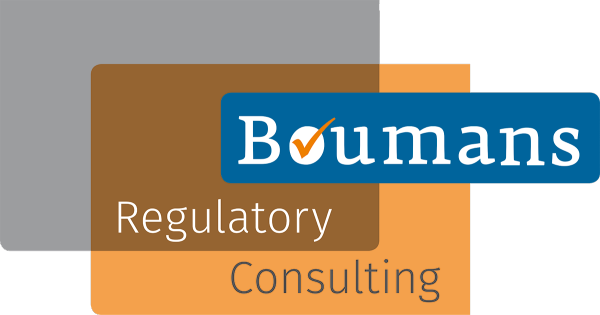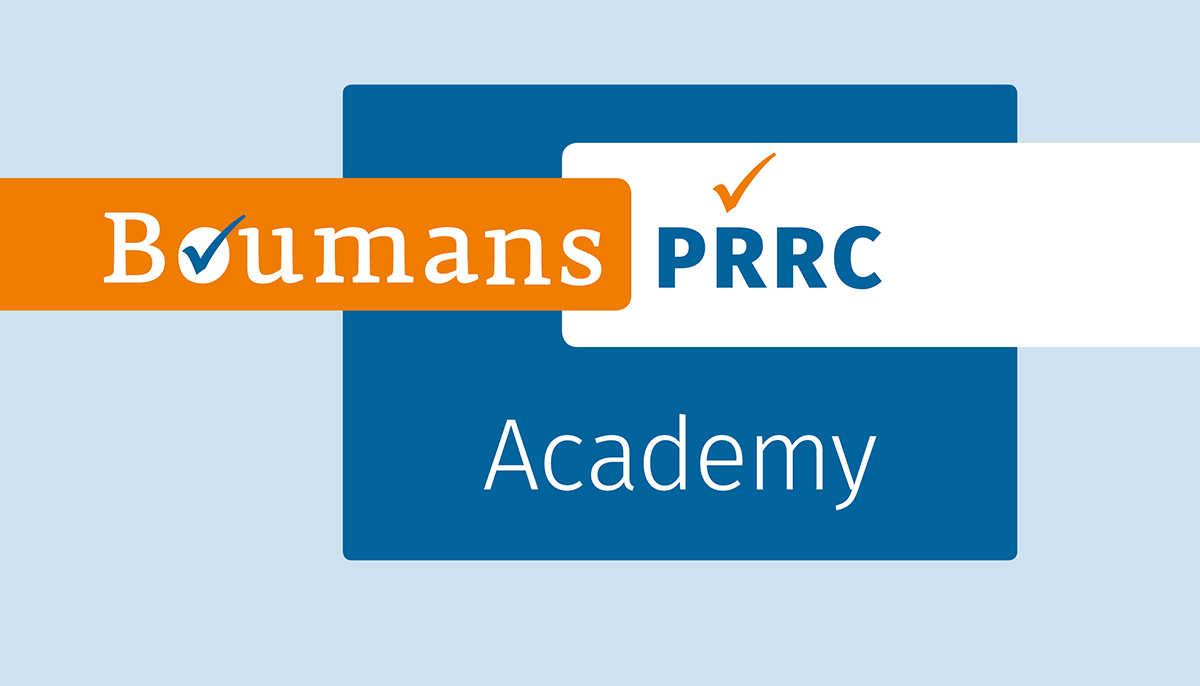DDC
There is a growing trend in the pharmaceutical field where we see companies not only develop their drug but also develop the device necessary to deliver the drug as intended. These drug-device combinations (DDC) come in various types and shapes:
- A prefilled syringe;
- An inhaler that contains medication for a specific number of inhalations that cannot be refilled;
- A catheter that is used to deliver a drug to a specific location in the body.
In some of these combinations, the device is considered to be a medical device that needs to be CE-marked, in others the device will be seen as part of the medicinal product. In both situations, it is necessary for the company responsible for placing it on the market to demonstrate that the device complies with the applicable requirements. From questions from pharmaceutical companies, I see that fully understanding the consequences of who is, should be, or should better be, responsible for placing the device on the market can be crucial in allowing smooth and timely market access. Below are the three steps that should be part of the process for ensuring that the drug and the device have access to the market at the same time.
Step 1: understand the type of combination
There are two types of combinations: a drug-device combination can be integral or non-integral. The European Medicines Agency Q&A document on the implementation of the MDR and IVDR defines an integral drug-device combination as:
- The device and the medicinal product form a single integral product;
- The single integral product is intended exclusively for use in the given combination;
- The single integral product is not reusable.
This looks quite simple, but there are of course borderline issues. If it is not clear if a combination is integral or non-integral, dive deeper into the EMA guidance document, or reach out to me.
Step 2: understand the compliance route for the device
Just like the medicinal product, the device must demonstrate that it complies with the applicable rules. This looks quite straightforward: if it is non-integral, the device must be CE-marked. If it is integral, the market authorization file must contain a declaration of conformity if the device would fall in Class I if used independently, or a notified body opinion on the General Safety and Performance Requirements for higher risk classes. So far, this may look very simple, but I see a lot of problems when it comes to who is responsible for what if multiple companies are involved.
Step 3: the pharma company takes control
Although the above rules appear quite straightforward, the third step can be confusing and challenging. The problem is that for most pharmaceutical companies the process of getting market authorization for the drug is well understood. They know what steps to take and how much time these usually take and they have experienced teams working on these processes. For medical devices that experience can be limited and they often work with third parties that act as a supplier or as a full-blown medical devices manufacturer. What I have seen is that these companies vary in levels of expertise regarding medical device compliance from very basic to fully high-end. It is very difficult to assess this level from the outside if you don’t have detailed expertise yourself. And in the case of a CE-marked device, that manufacturer must set up and maintain a system of post-market surveillance (PMS). The first problem the pharma company must overcome is that in their world PMS has a different meaning, with different processes and responsibilities. It is easy to see that this could result in an agreement where both parties have a different understanding of what that means. And even if a medical device manufacturer knows very well what they do, they have to depend on the pharmaceutical company to provide them with PMS data. And, as already noted, this can be challenging.
Even in a situation where ‘only’ a notified body opinion is needed, there must be very good coordination between the supplier of the device and the pharma company. The General Safety and Performance Requirements will be evaluated against the intended purpose of the device, as it is used in the context of the medicinal intervention. Here too, two quite different languages must be able to tell the same story to an organization that is mainly working with devices, with the pharmaceutical company being responsible for that file.
If a pharmaceutical company wants to be certain they can have their devices ready for marketing, together with their devices, they must take control over the conformity assessment process of the device. They must understand the requirements, plan the process, and keep control over it.
Taking step 3 all the way
The above is now happening in most pharmaceutical companies. They are indeed taking control over the conformity assessment processes for medical devices for integral and non-integral combinations alike. But even those companies ask me for help because of processes running out of control. Looking at the cause of those issues I see that they often have one regulatory affairs department working on both types of products. We all know that zebras and lions live on the same African savana, but that does not mean they should be put in the same cage. Unless they have earned their wings by making many hours on medical devices, it is not a good idea to have a pharmacist manage devices. Take the example of the user leaflet. For a drug, the user information is usually one of the last things they do before a new medicine is launched. In the case of a medical device, usability, and thereby the user information, is something that needs addressing from the early development stage. Try to explain that if you are a junior working under a seasoned pharma expert… And I have seen more of these examples of management missing the full understanding of the dynamics of medical devices.
I would recommend to all pharma companies that place drug-device combinations on the market, to set up an independent department for medical devices, with medical devices experts, that have their own responsibilities. Their objectives are:
- Make sure the device is combined with the right device;
- The device has access to the market at the moment the drug is launched;
- The drug remains combined with this device or a device that replaces it is in full compliance.
This department may even be set up as a legal entity that can act as the legal manufacturer for CE-marked devices under their own name. From what I see, this provides the best guarantees of timely market access of drugs that require a device for effective application.
Reach out if you want to discuss how I can help organize this.





